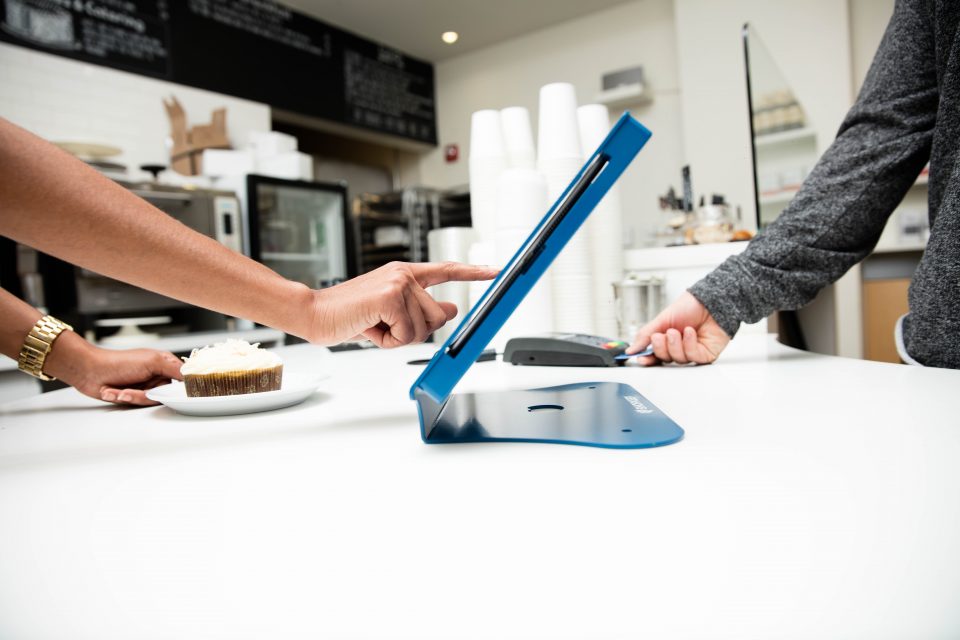
List Building Software for Retail: The Dos and Don’ts, Explained
POS system can be a game changer for small retailers interested in building their customer lists.
But knowing what (and what not to do) when leveraging POS software for email address collection is essential. Knowing how to send electronic receipts to your customers, and being a point of sale collection expert, can help your email list grow exponentially. But as mutually beneficial as point of sale email collection may be, you want to make sure to avoid spamming your customers. Referencing our to do (and do not) list below will help you strike the appropriate balance and get the most out of your list building software.
Do Integrate Your POS Software with an Email Marketing Service
Your point of sale software most likely supports email marketing integrations, which enable list building directly within your POS. When you add a customer’s email address to your POS software, that email address is automatically added to your email marketing program, making sending out email marketing campaigns nearly painless for small retailers.

Don’t Bombard Customers with Excessive Emails
It’s true that a successful email marketing campaign can improve customer loyalty and increase sales. But going overboard with your email marketing efforts can also have a negative impact on your business. Though it can be exciting to have access to topnotch list building software through your POS, it’s important to make sure that you aren’t bombarding patrons with email that doesn’t bring added value to their shopping experience. For example: Don’t just send your customers an email announcing that you’ve renovated your store. But do send them an email saying that renovations are now complete and include a discount code for 10 percent off their next purchase. Do you see the difference? The first email just provides information, no value. Yes, a few of your most loyal customers might come rushing in to check out your new digs, but most customers that open the email will read it, make a mental note, and move on with their day. The second email, however, is a game changer. Though it still conveys the necessary information to your customers, it also incentivizes them to visit your store. Though the difference is minor, the effect it can have on your business is significant.
Do Be Transparent and Don’t Assume
Do you intend to use email collection solely for transactional purposes (such as sending receipts) or do you plan on leveraging them for marketing campaigns as well? A common retail mistake is assuming that a customer who opts in to receive an electronic receipt is also opting in to receive marketing messages. How can we say this gently? DON’T assume! We can’t stress this enough. Make sure to communicate your intentions to your customers so that they understand when you will be sending them email. Will you only be sending them receipts with the occasional coupon? Or will you be adding them to receive your weekly newsletter? Trust us, the difference matters. Think back to when you have given out your email and then later regretted doing so. Receiving a receipt for a purchase is one thing. But being sent additional emails that you never intended on receiving can leave a sour taste in your mouth. This experience is often enough to prevent a patron from returning to a store. Setting expectations during point of sale email collection falls on the shoulders of your cashiers. Train your employees on the appropriate point of sale email collection procedures so that they can effectively communicate to the customers the benefits of opting in, while also setting expectations. We know we don’t need to tell you that gaining the trust of consumers should be on the top of your priority list, but keeping and maintaining that trust should also be high on your shortlist.
Do Give Customers a Way to Opt In
Using signage at the point of sale can also be effective in communicating your email collection policy and its benefits. For example, a simple sign saying: “Sign up for electronic receipts and exclusive discounts via email today,” could have your customers asking your cashier to sign them up rather than the other way around. If you approach the collection process this way, they’ll be expecting both transactional and marketing messages — limiting the amount of information left for your employees to convey. Another option is to maintain two lists. Use point of sale email collection to build your transactional list and then use your transactional emails to entice customers to opt into your email-marketing list. It might take longer to build up your second list, but you’ll have peace of mind knowing that your list was created organically and includes customers who are eager to visit your store.

Don’t NOT Give Customers a Way to Opt Out
As important as it is to give customers an option to opt into your email list/s, it’s equally as important to provide them with the option to opt out. An unsubscribe link at the bottom of all emails is essential in any type of email list building campaign. If you notice that you are getting an excessively high number of opt-outs, there’s most likely a disconnect between what your customers are expecting from your emails and what they are actually receiving. This is your signal to reevaluate how you’re setting expectations during the email collection process as well as whether or not you’re living up to your end of the bargain. You also might want to take a look at the actual emails you are sending. Are your emails engaging with quality content and catchy subject lines? If you aren’t able to answer that question with a confident “Yes,” an audit of your email strategy might be a good place to start.
Now that you’ve learned the ABCs of list building with POS software, how will you put this powerful tool to work? Let us know your favorite email marketing technique in the comments below, or tweet at us @ShopKeep.
Want to try ShopKeep for yourself?
Just answer a few easy questions.
Need help finding the right point of sale?
Just complete the form. We’ll call you right back to explain how ShopKeep can work for you.
Hit the ground running.Sprinting, in fact!
Read our free, comprehensive guide, Small Business 101, to learn all you need to know about starting a thriving business.
